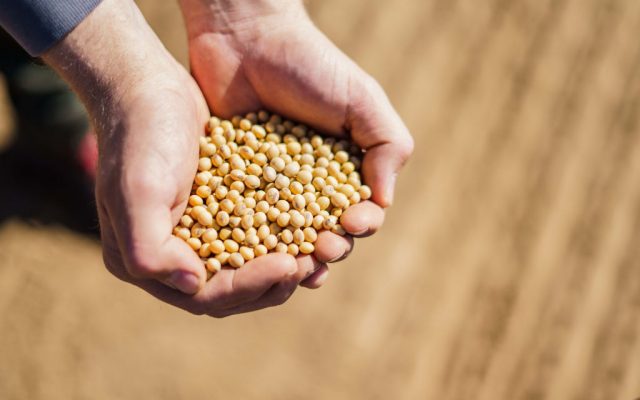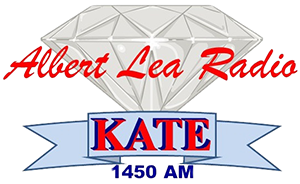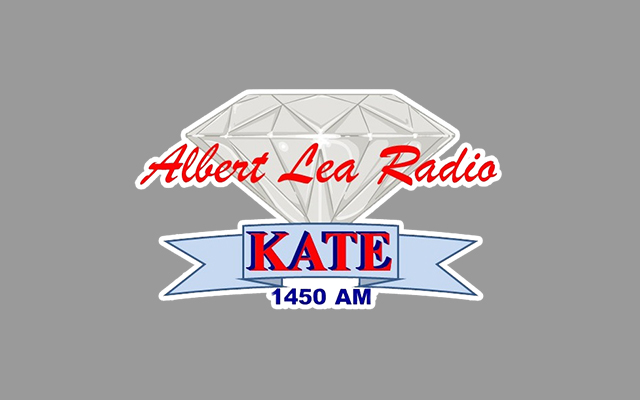South Dakota farmer promotes northern-grown soybeans in Indonesia

In February, NSM, a farmer-led board comprising North Dakota, South Dakota, Minnesota, Nebraska and Wisconsin soybean checkoffs, ventured to Indonesia to promote soybeans grown in the Northern U.S. As the most populous country and largest economy in Southeast Asia, Indonesia is an ideal target for NSM’s mission, which is to increase the profitability of soybean producers in the United States.
On the trip were South Dakota soybean grower and NSM Vice Chair Mike McCranie, University of Minnesota agronomist Seth Naeve and poultry nutrition consultant Bob Swick.
“This trip was really important because we know that we are going to have a lot of meal coming out of our region and going through the Pacific Northwest (PNW),” said McCranie. “The best customers that we have are in Southeast Asia, so we do have to look at countries like Indonesia to expand our market.”
The delegation traveled to seven feed mills throughout Jakarta, the capital of Indonesia, and Surabaya, meeting with general managers, nutritionists and purchasers.
“It’s vital that our message reaches not only the nutritionists but also the folks making the purchasing decisions. We need both entities in the room,” said McCranie, who also serves as treasurer on the South Dakota Soybean Research and Promotion Council. “We can talk until we’re blue in the face with the formulators who understand the science but ultimately the purchasers make the decision.”
Naeve and Swick, two industry experts, guided the conversations. Historically, soy quality is determined by the crude protein content, a measure a nitrogen, but this measurement doesn’t necessarily equate to higher protein or nutritional value. Instead, protein quality is based upon the balance of essential amino acids.
“Protein itself doesn’t paint the entire picture of quality,” said Naeve. “U.S. soybean meal should be viewed not as a commodity but as a package of nutrients for animals.”
Instead, NSM encourages buyers and nutritionists to consider the critical amino acid value (CAAV). Measuring protein quality instead of quantity, CAAV is the sum of five essential amino acids – lysine, threonine, tryptophan, cysteine and methionine – as a percent of crude protein.
The resounding echo heard while in Indonesia was that though the feed mills recognize the superior quality of U.S. soybean meal (SBM), the higher price prevents them from making more purchases.
In the coming years, there are a significant amount of crush plants coming online in the United States, driven by the demand for soybean oil. Consequently, there will be an abundance of soybean meal, much of which is poised to be exported out of the PNW.
“Because there are more crushing plants coming online, the price of U.S. soybean meal will become more competitive with Brazil and Argentina,” Swick said.
To round out a successful mission in Indonesia, NSM hosted the “Essential Amino Acid Value in Soybean Meal” seminar, inviting a plethora of feed mill industry representatives and local media.
“The seminar really brought home the messaging that we pushed during our feed mill visits and allowed us to go into more detail using visual aids,” McCranie said. “And the turnout was great. When I got up to give my presentation, I was shocked at how much the room had filled.”
NSM has its work cut out, but luckily, the farmer-led group isn’t afraid of a challenge.
As always, NSM continues to serve its member states, working to grow global demand for northern-grown soybeans and shift the soybean value standard from crude protein to nutritional value.
The recent visit to Indonesia was just the beginning of realizing the full potential of U.S. SBM in not only Indonesia, but Southeast Asia.
“The trip exceeded my expectations,” McCranie said. “The conversations we had and the traction we gained were extremely promising. I’m excited to see what the future holds.”

